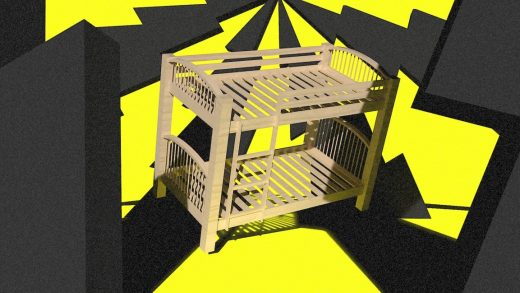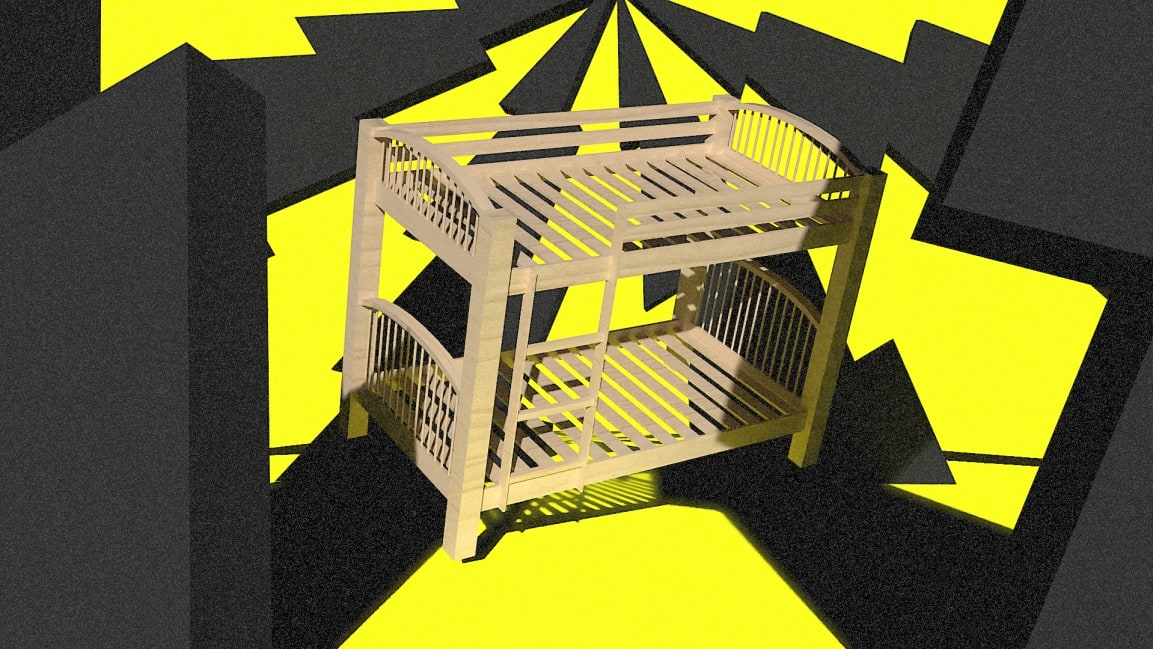A startling number of consumer products are linked to traumatic brain injuries
You may not expect the products you buy or the environment you live in to play a major role in injuring you, but according to a new study in the peer-reviewed medical journal Brain Injury, a large number of traumatic brain injuries among children and teenagers were the result of consumer goods like bunk beds, bicycles, car seats, and sofas. Using data from the Consumer Product Safety Commission, the researchers found that the biggest share of brain injuries in the data set were caused by sports, primarily football, with 28% of injuries. Home furnishings caused 17.2% of injuries, while architecture and construction materials (like floors and stairs) caused 17.1% of injuries.
The study authors, who hail from the nonprofit Pacific Institute for Research and Evaluation, analyzed emergency room records from 2010 to 2013 for traumatic brain injuries, which include concussions, skull fractures, or internal brain damage. They examined four age groups—less than 1 year, ages 1 to 4, ages 5 to 9, ages 10 to 15, and ages 15 to 19—each of which had specific products or activities that caused the most injuries. Across the younger ages, falling from beds and tripping on floors was a common cause of brain injury, while older teens were more likely to get injured from sports like football and soccer.
Nonfatal traumatic brain injuries account for one in 10 emergency department visits, and annually nearly 700,000 children and teens suffer from them. But while this type of injury is well-documented—particularly because of the dangers of football—the researchers wanted to explore the relationship between traumatic brain injury and consumer products.
Some of these products—including sports equipment like football helmets—fall under the purview of the Consumer Product Safety Commission, the federal agency that oversees the broken recall process in the United States. Due to 1980s-era deregulation, the CPSC has suffered from small budgets that make the agency less prone to taking companies to court with the purpose of forcing them to recall faulty products. The agency even has to get permission from the corporations it is policing to release any information about their products to the public, a gag rule that limits the CPSC’s ability to protect consumers from faulty products. The study could help the agency focus its limited resources into assessing the safety of products that are the most likely culprits for nonfatal brain injuries.
“CPSC wants consumers to stay safe,” the agency told Fast Company in a statement. “We urge everyone to report and research incidents with consumer products at SaferProducts.gov; follow manufacturer’s safety instructions and remember that appropriate adult supervision is important, especially for younger children who may not understand how to stay safe.” The agency also urged consumers to make sure they do not buy a helmet unless it complies with the CPSC’s standard.
The study’s authors detail some advice for parents, like being mindful of tripping hazards like area rugs, avoiding playgrounds that have hard surfaces, and adding more home safety equipment like stair gates and guard rails. But design plays a role here, too: Poorly detailed flooring products, and surfaces—like on playgrounds—could be designed to be softer and more forgiving when kids do fall.
Ultimately, the study could help agencies like the CPSC as well as other groups invested in reducing the number of brain injuries in children. “Our findings help set priorities for [traumatic brain injury] prevention programs and provide direction for the development of tailored strategies to focus on the products and activities in which age groups engage and those that pose risks,” the authors write.
(6)



